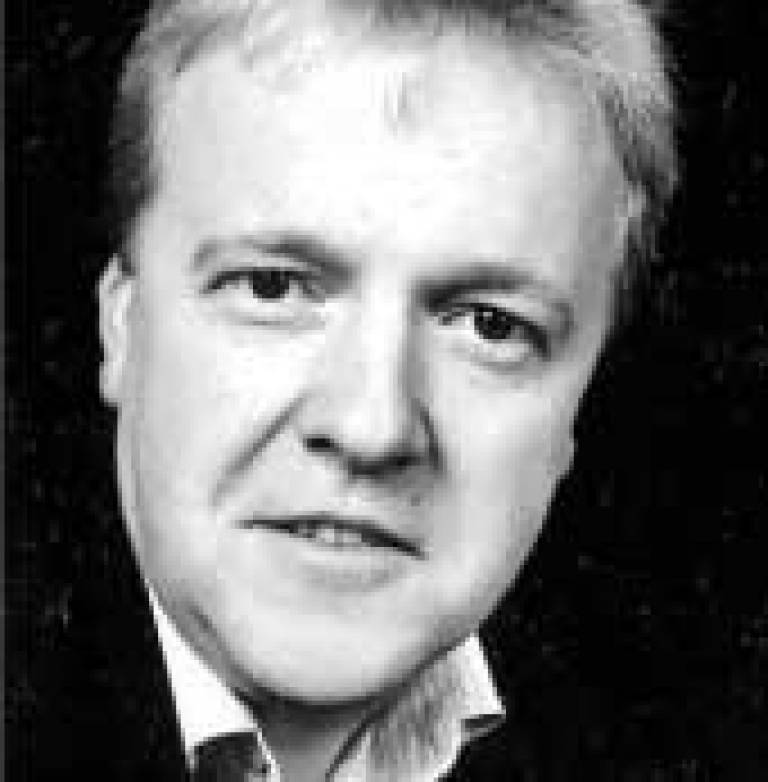'Nature' review: brain reading
18 July 2006
In the July 2006 issue of 'Nature Reviews Neuroscience', Professor Geraint Rees (UCL Institute of Cognitive Neuroscience) and Dr John-Dylan Haynes (Max Planck Institute for Cognitive and Brain Sciences), review emerging approaches to reconstruct mental states in humans, or 'brain reading'.

To understand and decode human consciousness is often described as the holy grail of cognitive neuroscience. In the review, Professor Rees and Dr Haynes look at the new methods that use non-invasive measurements of brain activity in humans, and discuss their practical and ethical implications.
Professor Rees explained: "Many human neuroimaging studies have provided strong evidence for a close link between mind and brain, so it should, at least in principle, be possible to decode what an individual is thinking from their brain activity."
The decoding of human brain activity to decipher what people are thinking about has mainly yielded successful results in visual perception studies - for instance, where researchers have been able to determine whether a test subject is looking at a picture of the house or that of a car by watching what is happening in the subject's brain.
Tests such as these help to reveal the way in which individual experiences are encoded in the brain, and Professor Rees's research team is at the forefront of this research. "However, the development of this approach could, in the future, be extended to other types of mental state, such as covert attitudes and lie detection. These applications raise important ethical issues concerning the privacy of human thought," stated Professor Rees.
A number of non-invasive methods are currently being developed to decode brain activity, and these differ from conventional approaches to neuroimaging. Instead of prescribing a task to the individual and then measuring particular regions of the brain accordingly, brain activity decoding takes into account the full spatial pattern of brain activity, measured simultaneously at many locations.
In the review, Professor Rees and Dr Haynes explain these techniques and the technical, ethical and conceptual challenges encountered in this emerging filed of research.
To find out more, or to read the full review, use the links at the bottom of this article.
Image: Professor Rees
 Close
Close

